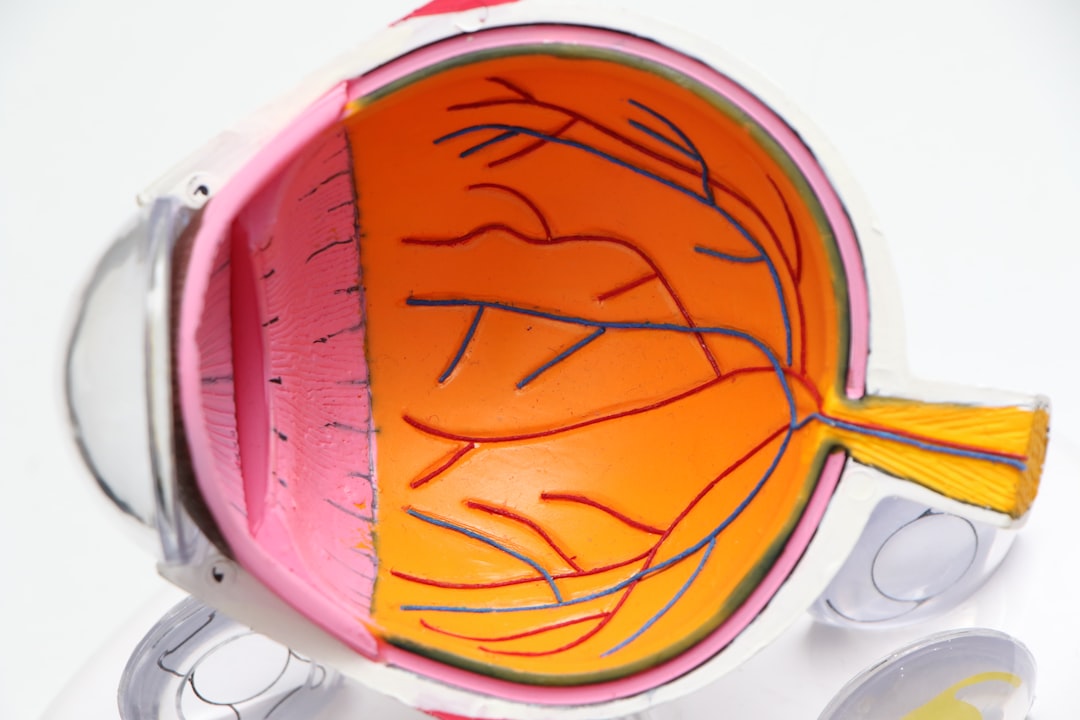What is it about?
This study highlights the success of a novel in vivo method of measuring full-field human skin deformation. The biomechanical properties of skin of five healthy volunteers were examined using a small-scale 3D motion capture system and an array of reflective markers.
Featured Image

Photo by Amanda Dalbjörn on Unsplash
Why is it important?
Many studies have been undertaken to assess the functions and properties of skin for cosmetic and clinical applications. The experiments in this study generated useful and accurate data that can be used to study the viscoelastic, hyperelastic or anisotropic behaviour of human skin. The main consideration of this study was to establish an in vivo experimental protocol that is practical, repeatable and non-invasive. The paper aims to explore the biomechanics of skin in a way that will lead to determining quantitative values that can accurately describe the mechanical properties of skin.
Perspectives
The response of skin to mechanical stress is an important issue in the quality of life of people with disabilities. Knowledge of the mechanical functions of the novel tissue engineered skins is also essential in cutaneous reconstruction. The accurate prediction of skin deformation and wrinkling is further important in designing devices that interact with the skin and creating animations. In the clinical domain, surgeons and physicians require an evaluation of the mechanical behaviour of human skin to deal with skin in plastic surgery.
Jamaluddin Mahmud
Universiti Teknologi MARA
Read the Original
This page is a summary of: An innovative application of a small-scale motion analysis technique to quantify human skin deformation in vivo, Journal of Biomechanics, March 2010, Elsevier,
DOI: 10.1016/j.jbiomech.2009.11.009.
You can read the full text:
Contributors
The following have contributed to this page










